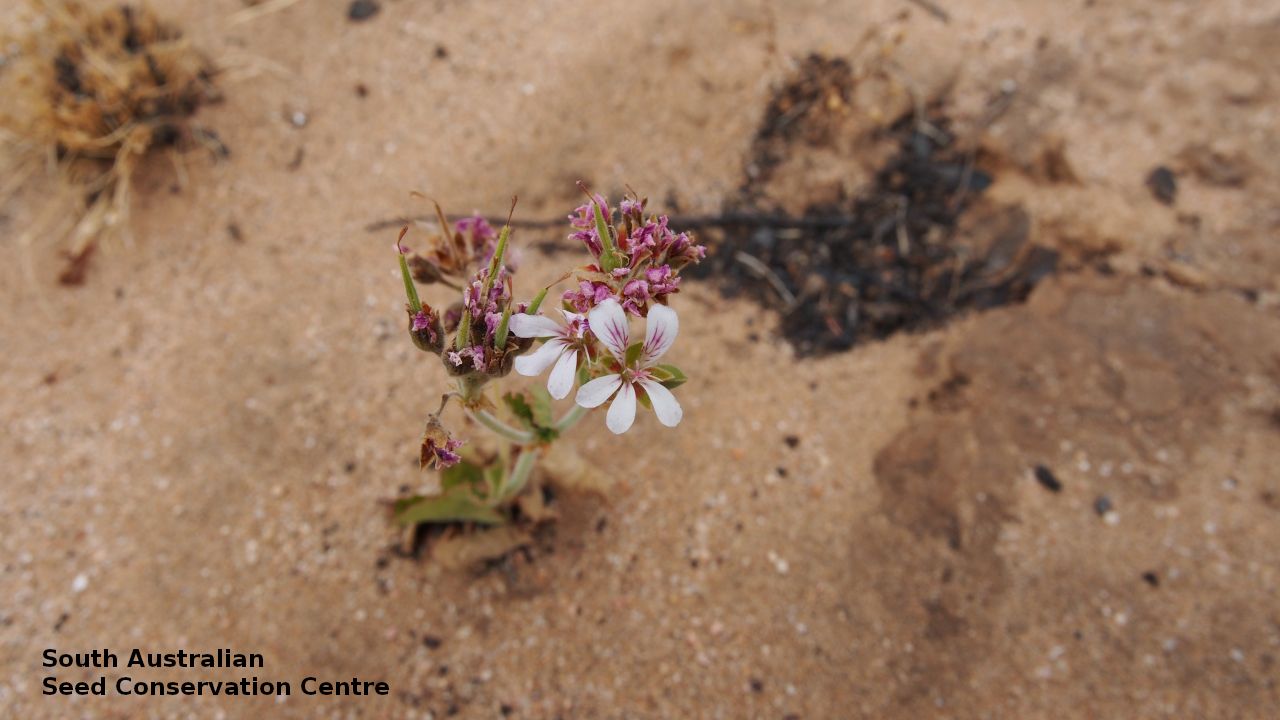
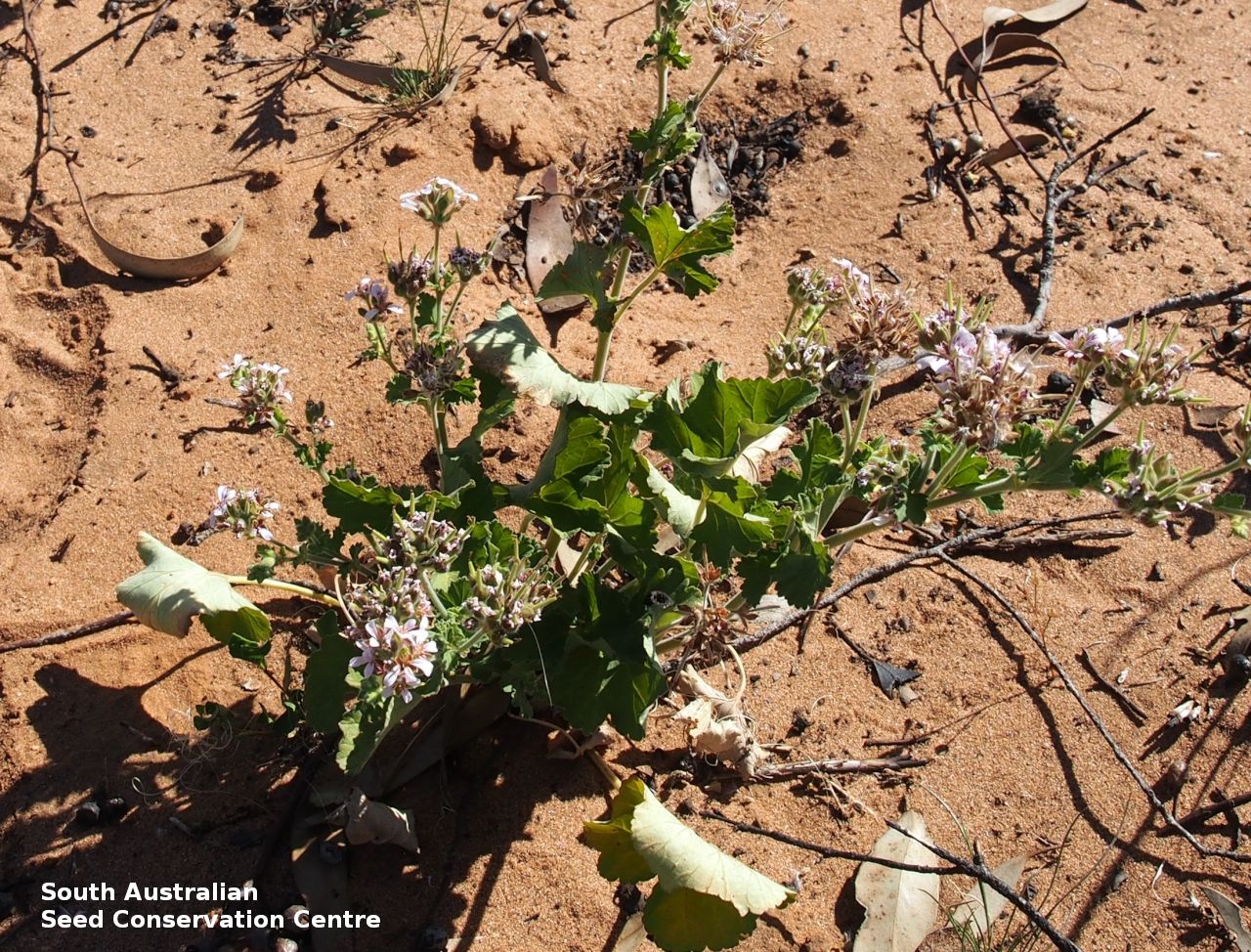
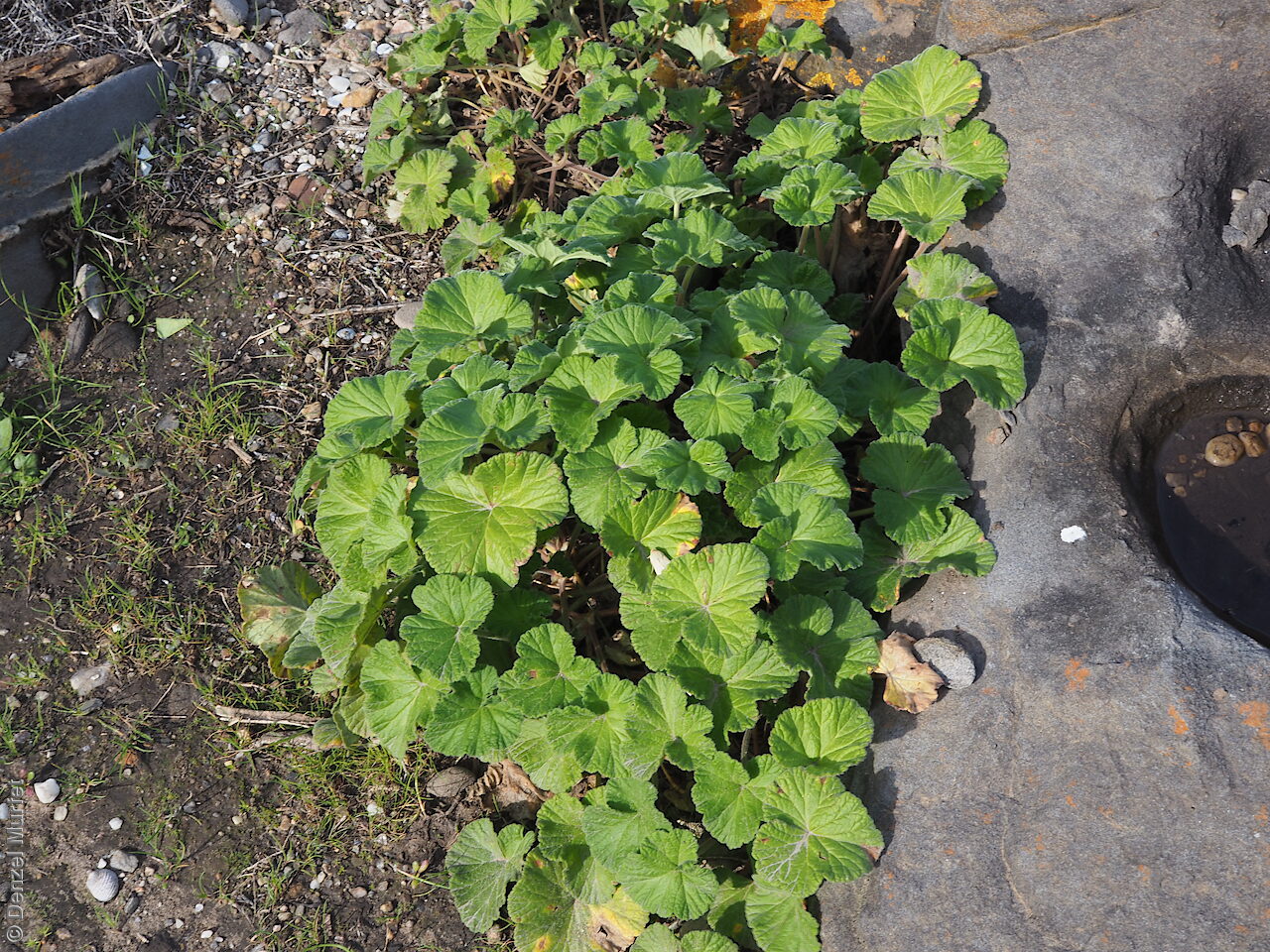
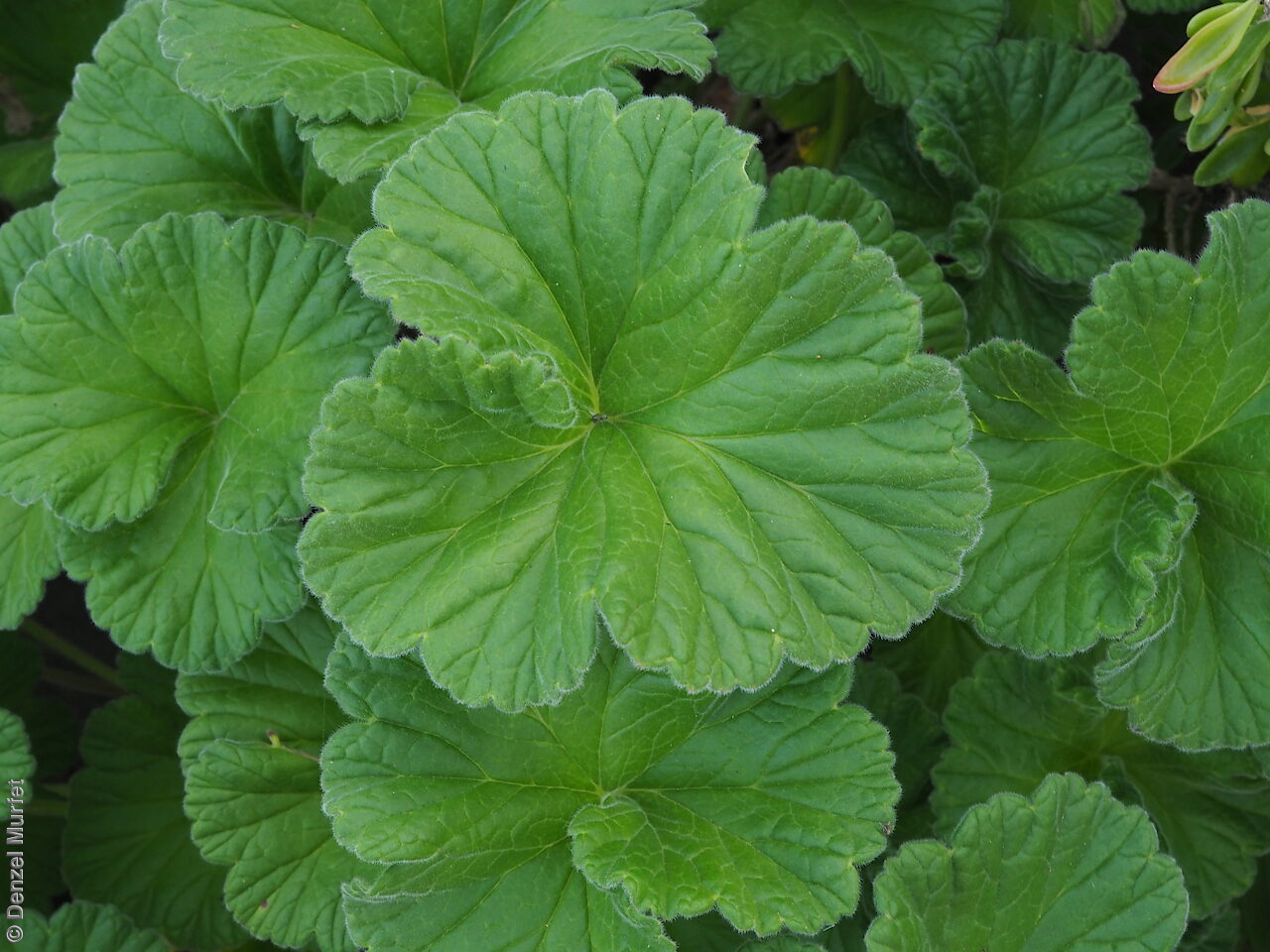
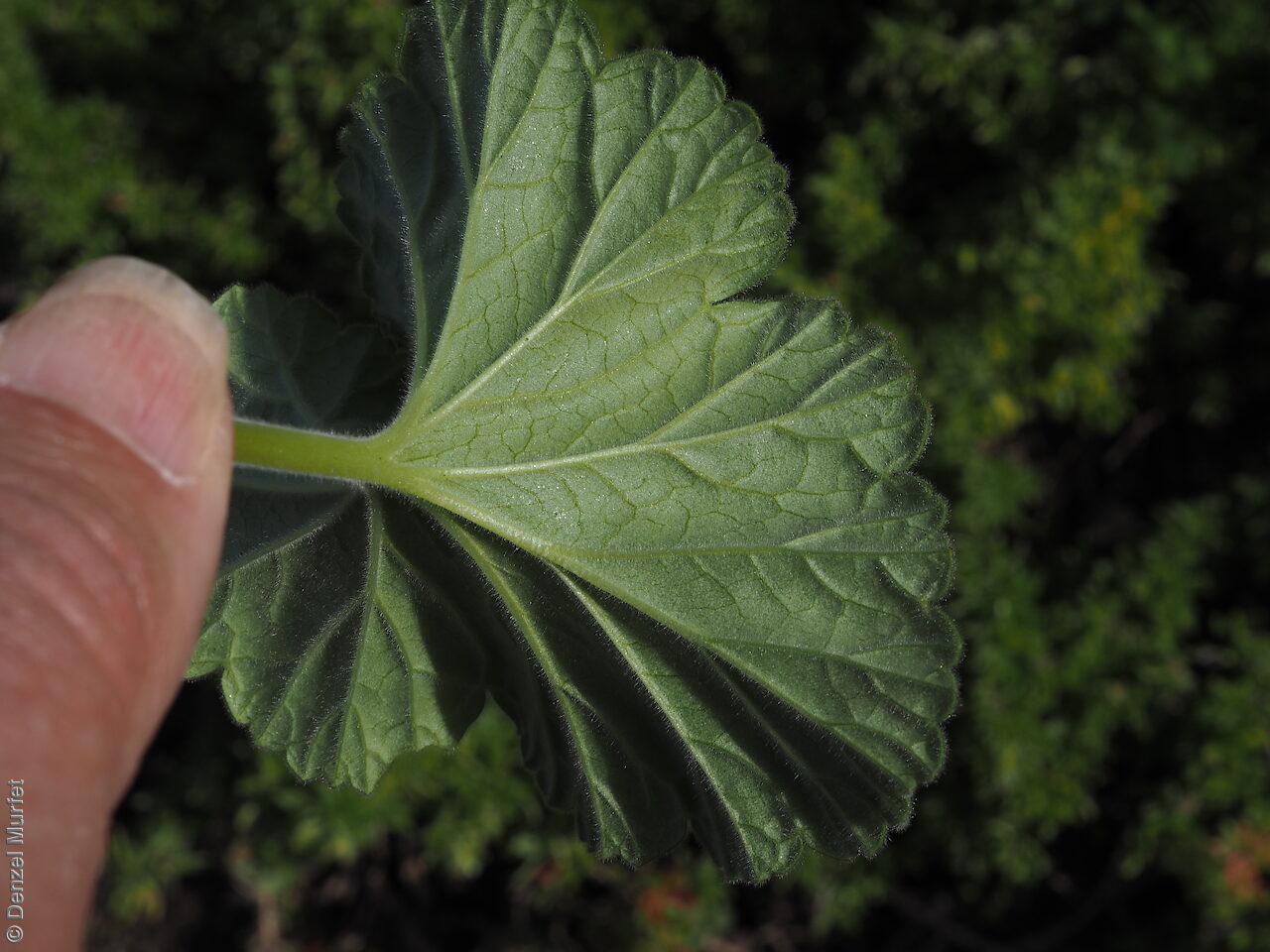
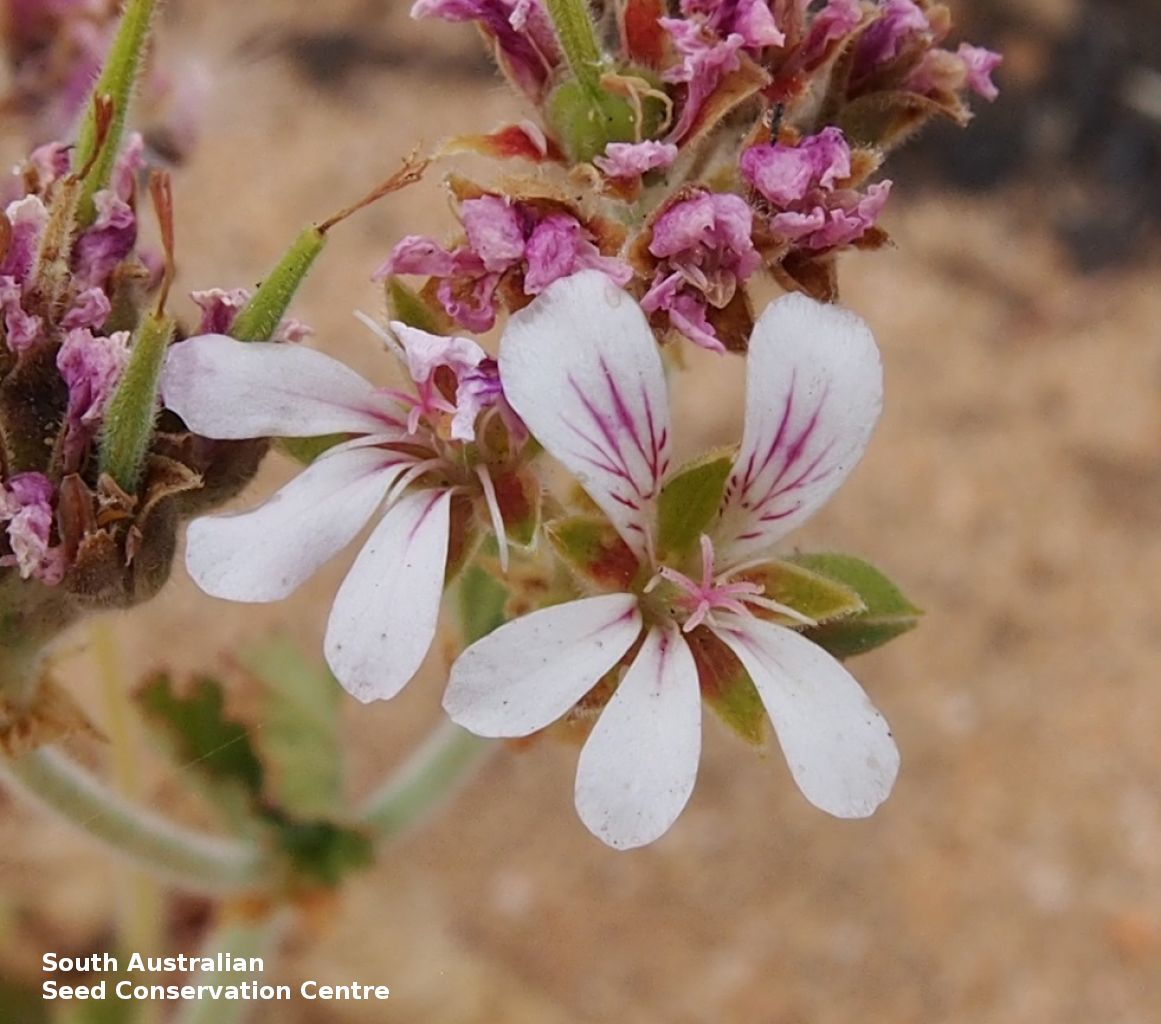
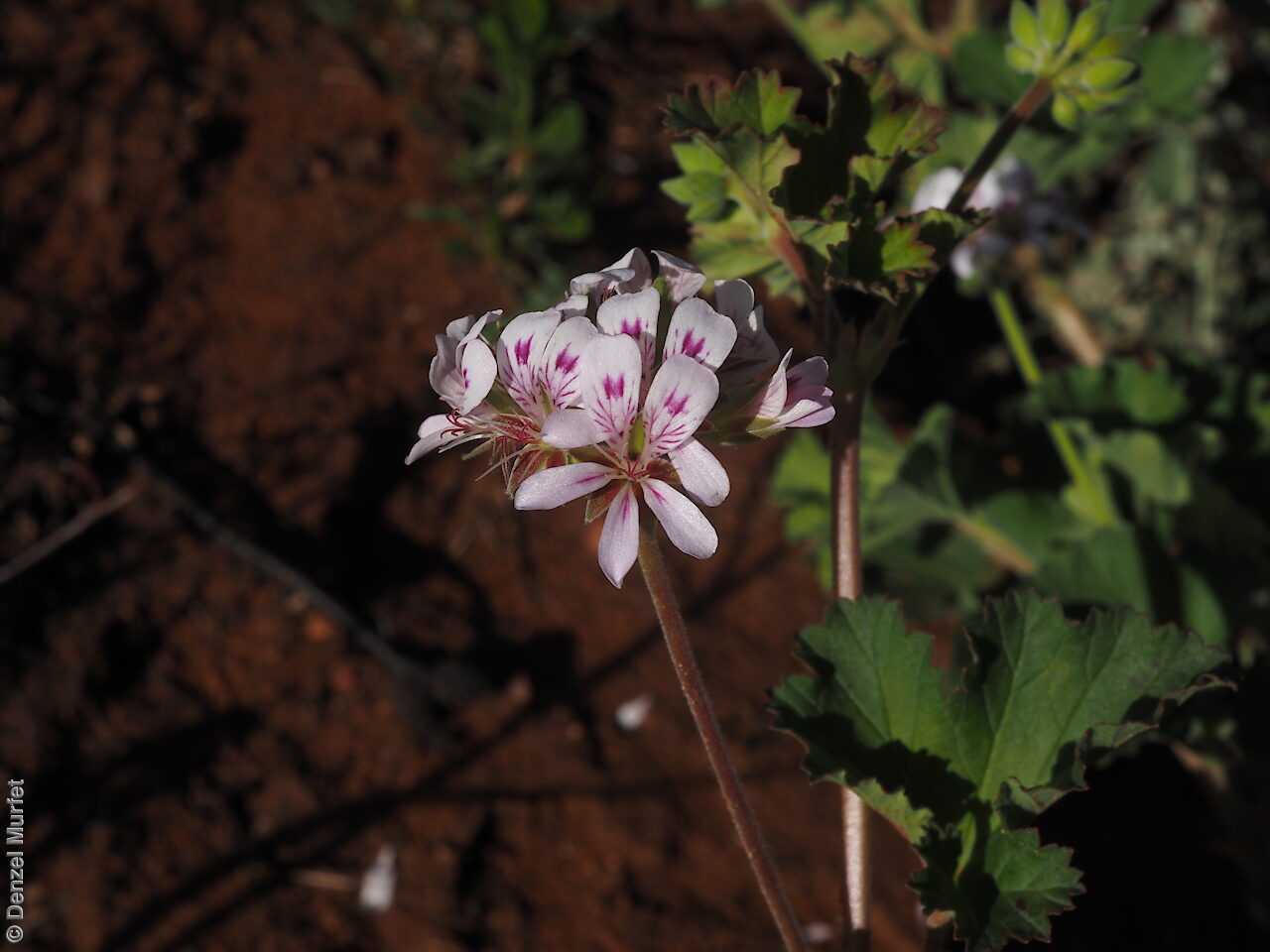
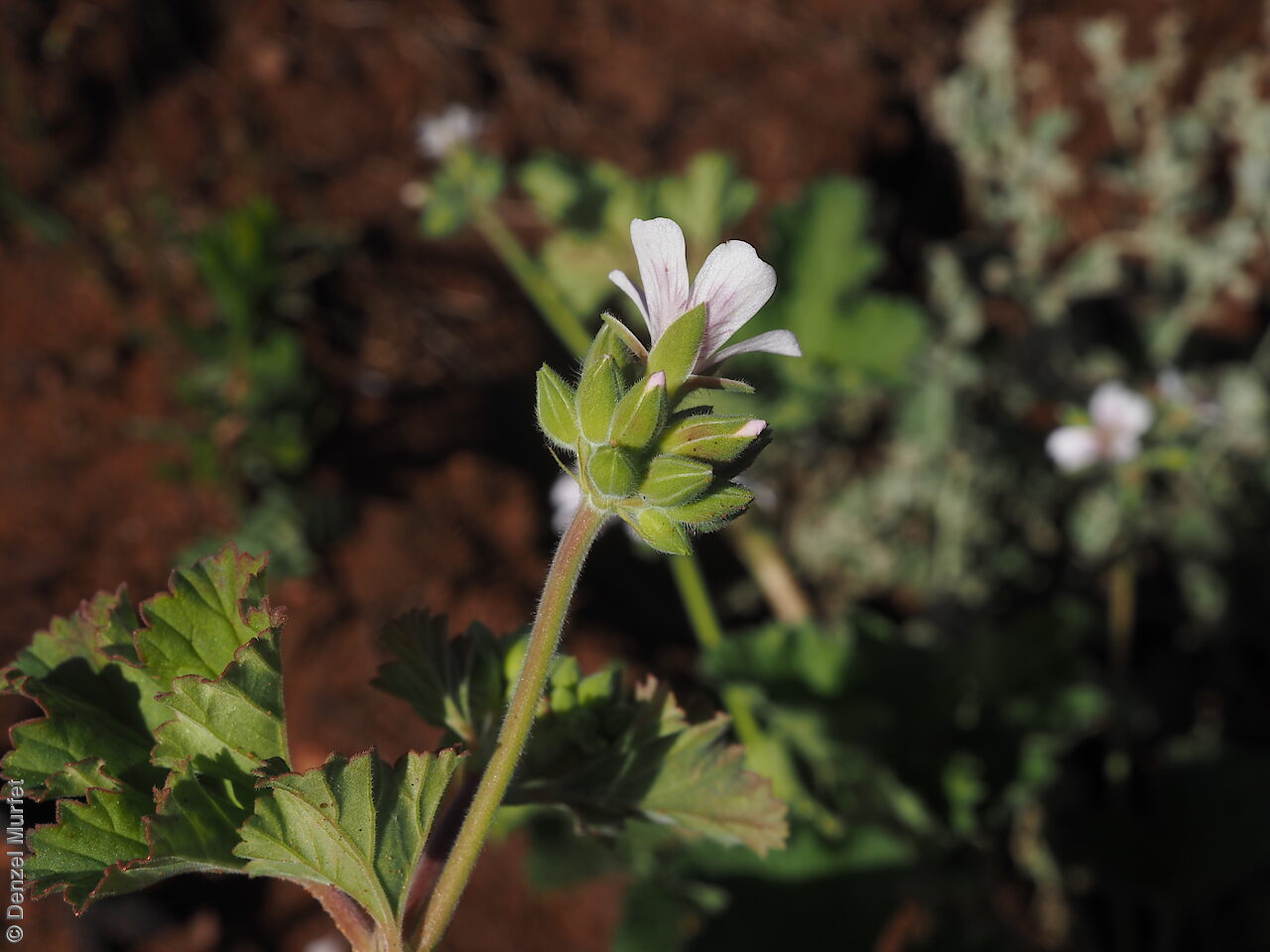
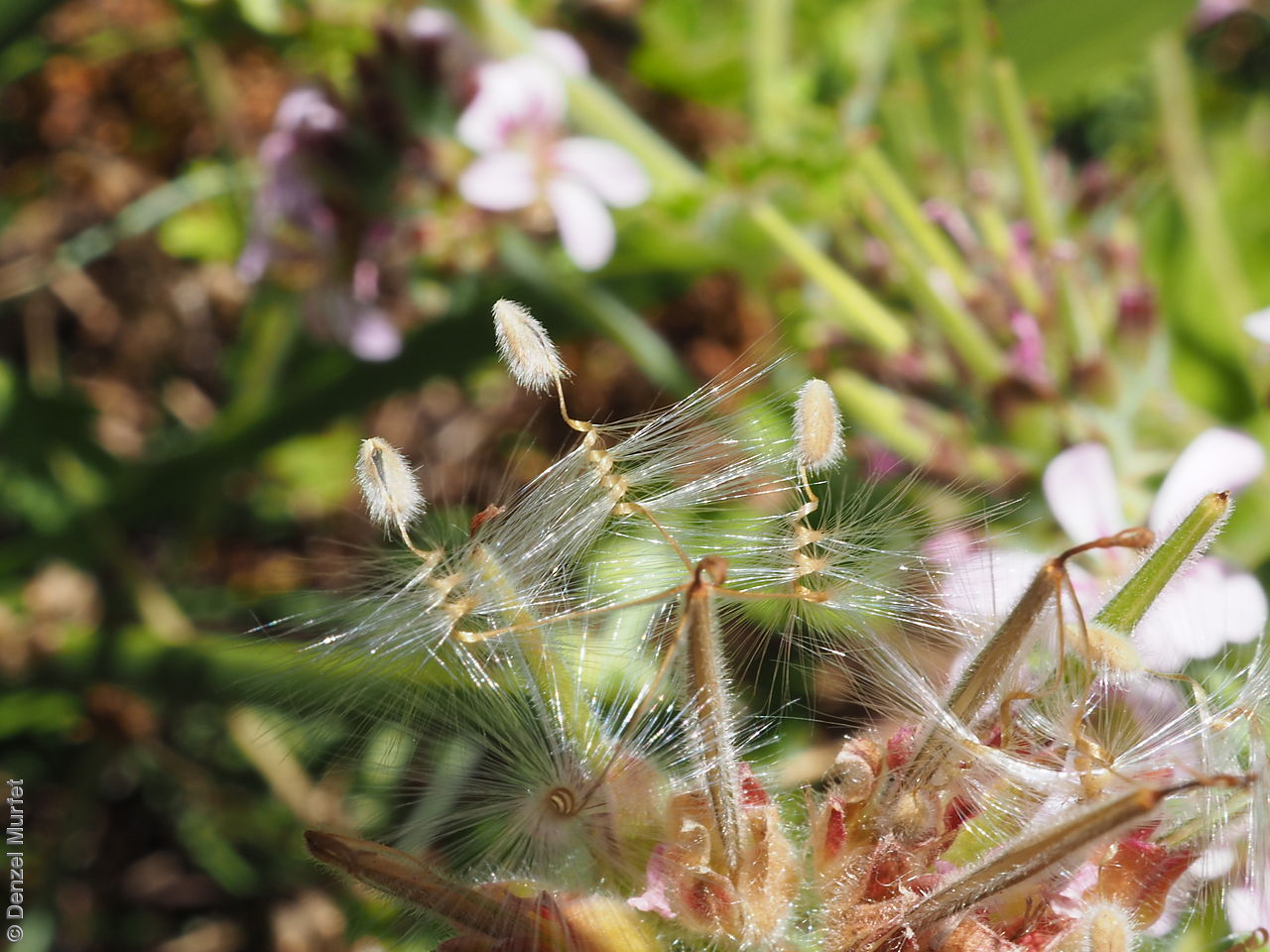
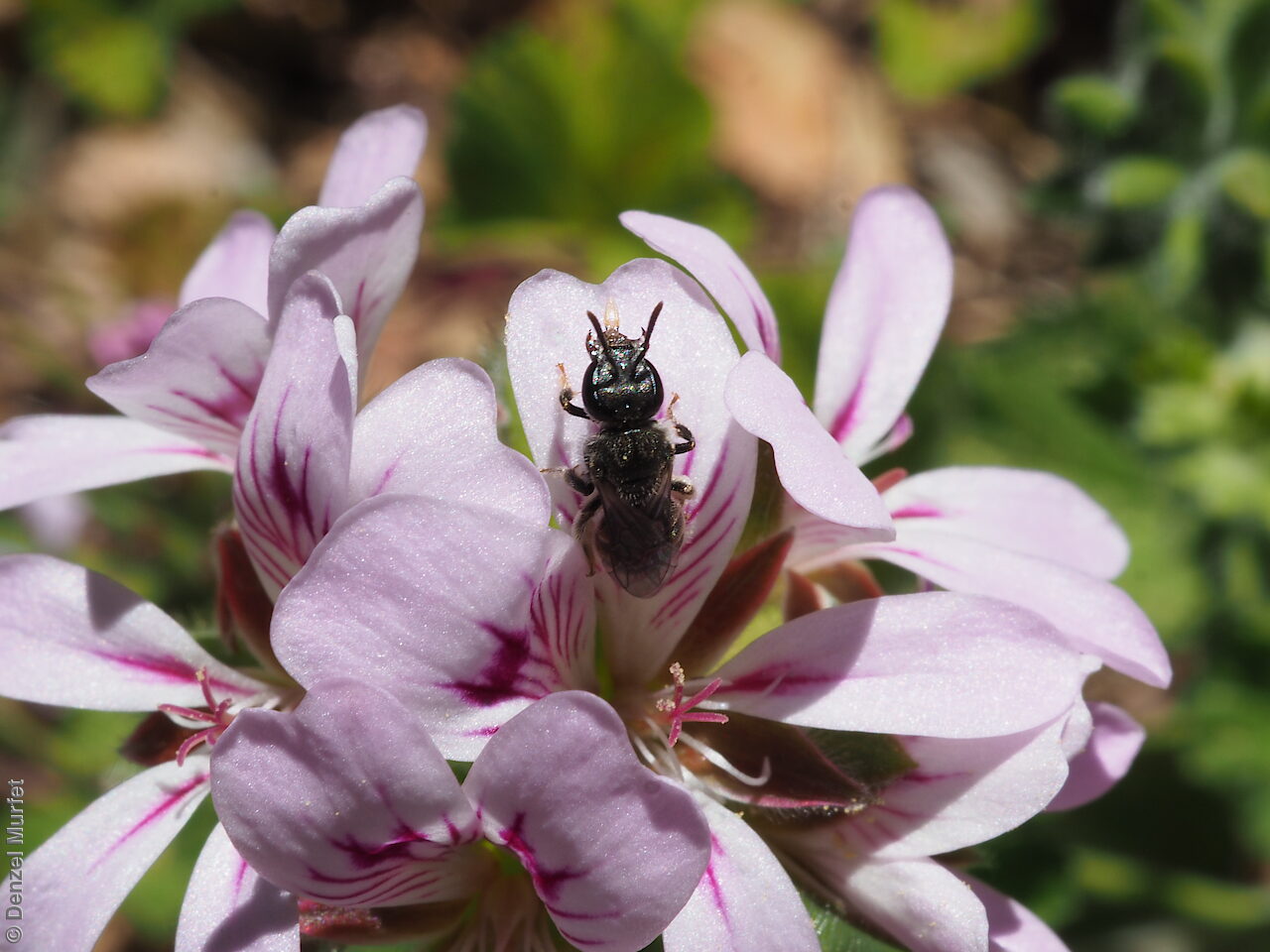
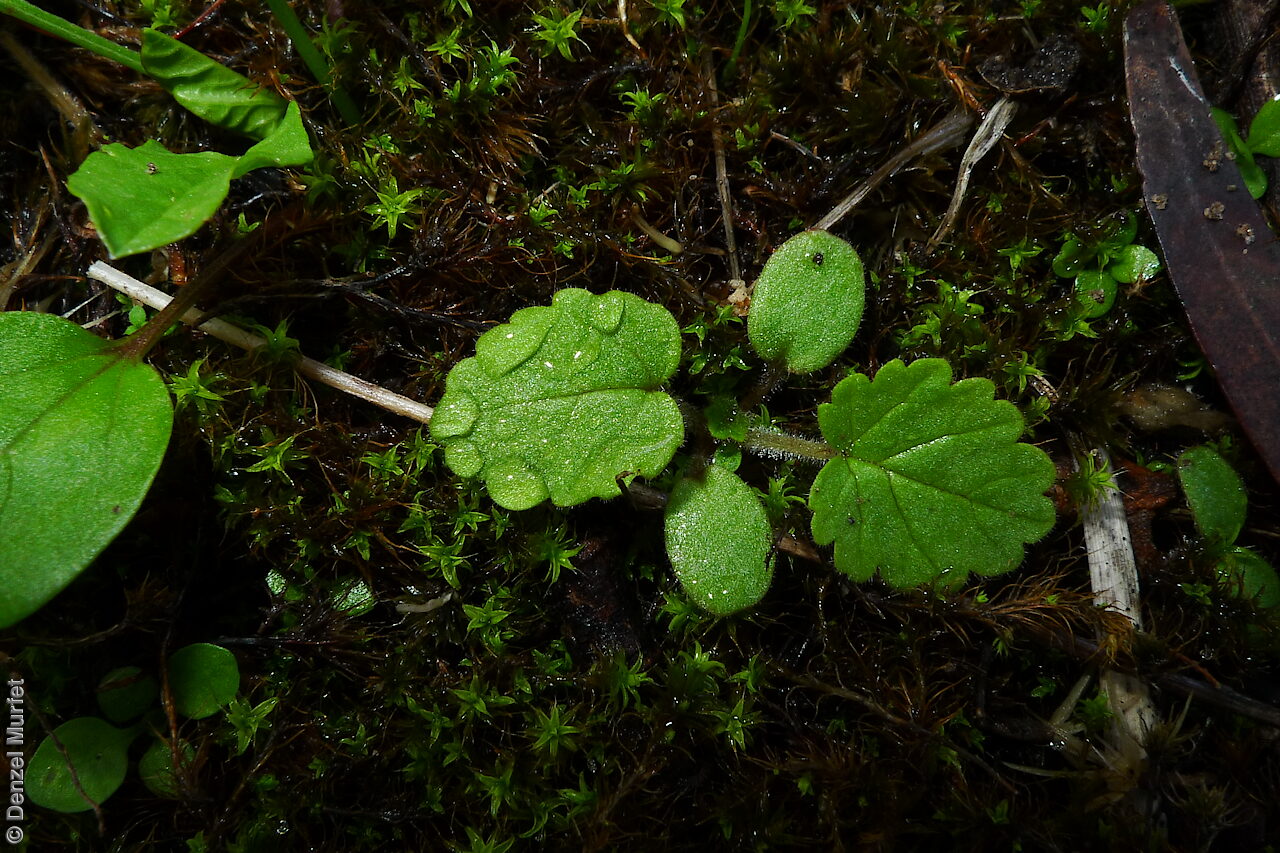

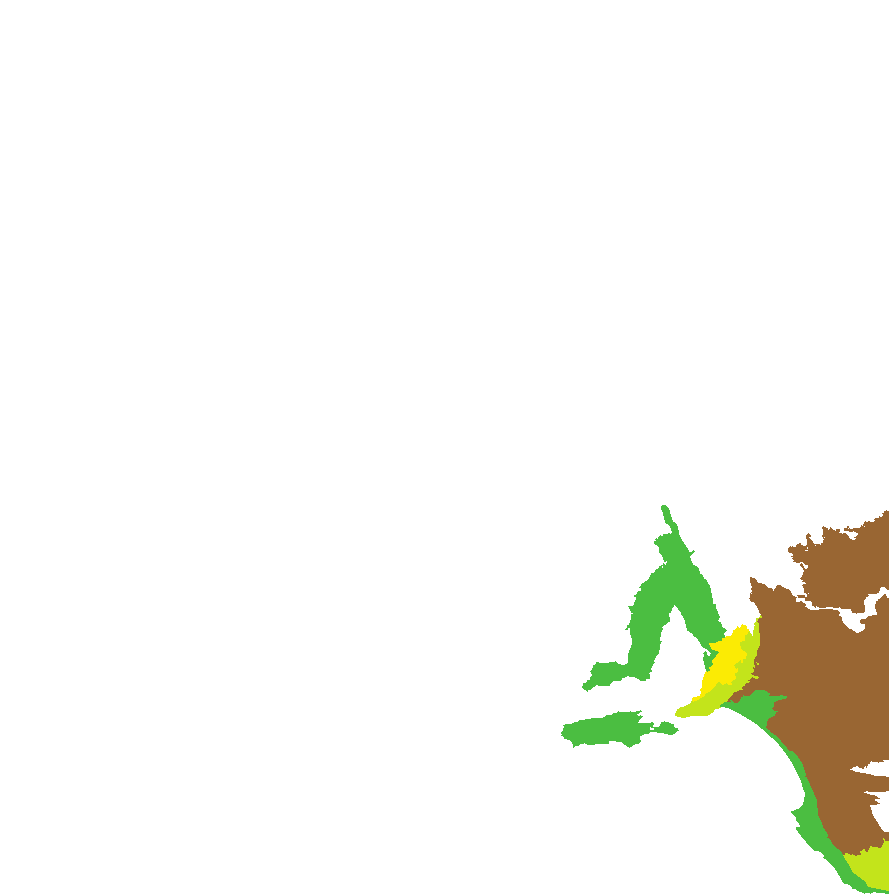
Botanical art
Prior names
Pelargonium australe ssp. australe
Geranium glomeratum
Pelargonium erodioides
Pelargonium glomeratum
Common names
Austral Stork's-bill
Australian Pelargonium
Etymology
Pelargonium from the Greek 'pelargos' meaning a stork, referring to the awned mericarp resembling a stork's bill. Austral means of or from the south or Australia, referring to the species distribution in the southern part of Australia.
Distribution and status
Found in the southern part of South Australia, growing on sand dunes and rocky outcrops. Also found in all states except in the Northern Territory. Native. Common in South Australia. Uncommon in Queensland. Common in the other States.
Herbarium regions: Eyre Peninsula, Murray, Yorke Peninsula, Southern Lofty, Kangaroo Island, South Eastern, Green Adelaide
NRM regions: Adelaide and Mount Lofty Ranges, Kangaroo Island, Northern and Yorke, South Australian Murray-Darling Basin, South East
AVH map: SA distribution map (external link)
Plant description
Ascending to decumbent softly hairy perennial herb to 50 cm high, with stems densely covered with soft short hairs. Leaves ovate to orbicular, to 9 cm long, shallowly 5-7-lobed; petiole to 13 cm long but usually to 8 cm long. Flowers in clusters of up to 12 with pink petals; the upper pair usually veined or blotched darker. Flowering between October and March. Fruits are erect clusters of pale brown fruit to 15 mm long, Seeds are mericarps hairy with long twisting awns and tapering beak.
Seed collection and propagation
Collect seeds between December and May. Collect matured fruit, those that are turning brown and the mericarps are starting to peel off the fruit stalk. Place the mericarps in a tray and leave to dry fro 1 to 2 weeks. If only the mericarps are collected, no further cleaning is required and it can be stored as is. Store the mericarps with a desiccant such as dried silica beads or dry rice, in an air tight container in a cool and dry place.
| Location | No. of seeds (weight grams) | Number of plants | Date collected | Collection number Collection location | Date stored | % Viability | Storage temperature |
|---|---|---|---|---|---|---|---|
| MSB | 2,760 (2.76 g) | 50+ | 1-Mar-2006 | DJD415 Southern Lofty |
Number of plants: This is the number of plants from which the seeds were collected.
Collection location: The Herbarium of South Australia's region name.
% Viability: Percentage of filled healthy seeds determined by a cut test or x-ray.